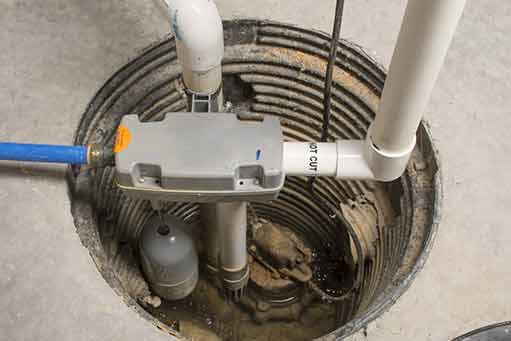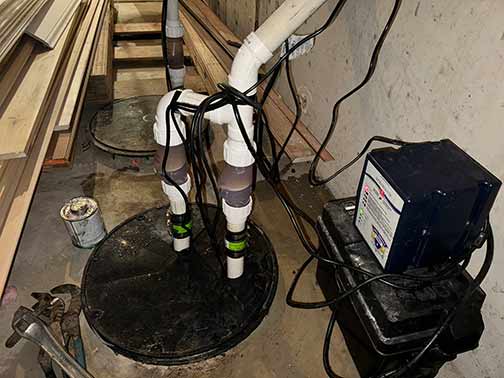
Sump pumps are essential home equipment, particularly for homeowners in regions that experience heavy storms, or have high water tables. A backup sump pump is an excellent addition to a primary sump pump, helping keep water out of your basement, even when there are power outages or mechanical issues. In this article, we will discuss the steps to install a backup sump pump, including the critical considerations to make.
Step 1: Determine the Type of Backup Sump Pump You Need
Backup sump pumps come in two main types – battery-powered and water-powered sump pumps. Battery-powered sump pumps are the most popular type, as they are more reliable and have a longer lifespan. They typically use a deep cycle marine battery, which can last up to several days when the primary power source is compromised. Water-powered sump pumps, on the other hand, use municipal water pressure to activate the pump’s flow once a backup pump is triggered. They are less expensive than installing battery-powered sump pumps, but they are not as reliable.
Step 2: Gather the Required Tools and Equipment
Next, gather the necessary tools and equipment for the installation. These include a backup sump pump, a battery (if you choose a battery-powered sump pump), a battery box, PVC pipes, PVC cement, a check valve, a ball valve, wire nuts, and cables. Ensure that the cables are long enough to connect the backup sump pump to the battery and the primary sump pump.
Step 3: Choose the Location of the Backup Sump Pump
The backup sump pump should be installed in a location near the primary sump pump. It should also be in a higher position than the primary sump pump. The location should be dry and protected from floods or water damage.
Step 4: Disconnect the Primary Sump Pump
Before beginning the installation process, disconnect the primary sump pump from the power source. This step ensures that the pipes will not drain water while installing the backup sump pump.
Step 5: Install the Check Valve
A check valve is critical in preventing water from flowing back into the sump pit once it has been pumped out. Install the check valve above the primary sump pump. You can use a PVC cement to secure the valve.
Step 6: Connect the PVC Pipes
Connect PVC pipes from the check valve to the backup sump pump. Ensure you use PVC cement to secure the pipes to avoid water leakage.

For battery-powered backup sump pumps, connect the battery to the backup sump pump. Ensure that it’s fully charged before you switch it on. Also, ensure that the battery is installed in a battery box, and it’s secure on the floor.
Step 7: Install the Ball Valve
A ball valve controls the water flow from the backup sump pump. You can install the ball valve between the backup sump pump and the PVC pipes. Ensure that you use a PVC cement to secure the valve.
Step 8: Connect the Backup Sump Pump to the Battery
For battery-powered backup sump pumps, connect the battery to the backup sump pump. Ensure that it’s fully charged before you switch it on. Also, ensure that the battery is installed in a battery box, and it’s secure on the floor.
Step 9: Test the System
After completing the installation process, it’s essential to test the backup sump pump system. Switch on the primary sump pump, and then lift the float switch of the backup sump pump. Observe whether it pumps out water and that the valve controls the flow effectively.
Step 10: Reconnect the Power to the Primary Sump Pump
After testing and ensuring that the backup sump pump is working correctly, reconnect the power to the primary sump pump.
Installing a backup sump pump is a crucial step in ensuring that your home stays dry and protected from water damage. With the right tools, equipment, and installation guidelines, you can install your backup sump pump in without the need for a professional plumbers assistance. Remember to choose the right backup sump pump, disconnect the primary pump, choose a suitable location, install the check valve, connect the PVC pipes, install the ball valve, connect the backup sump pump to the battery, test the system, and reconnect the power to the primary sump pump.